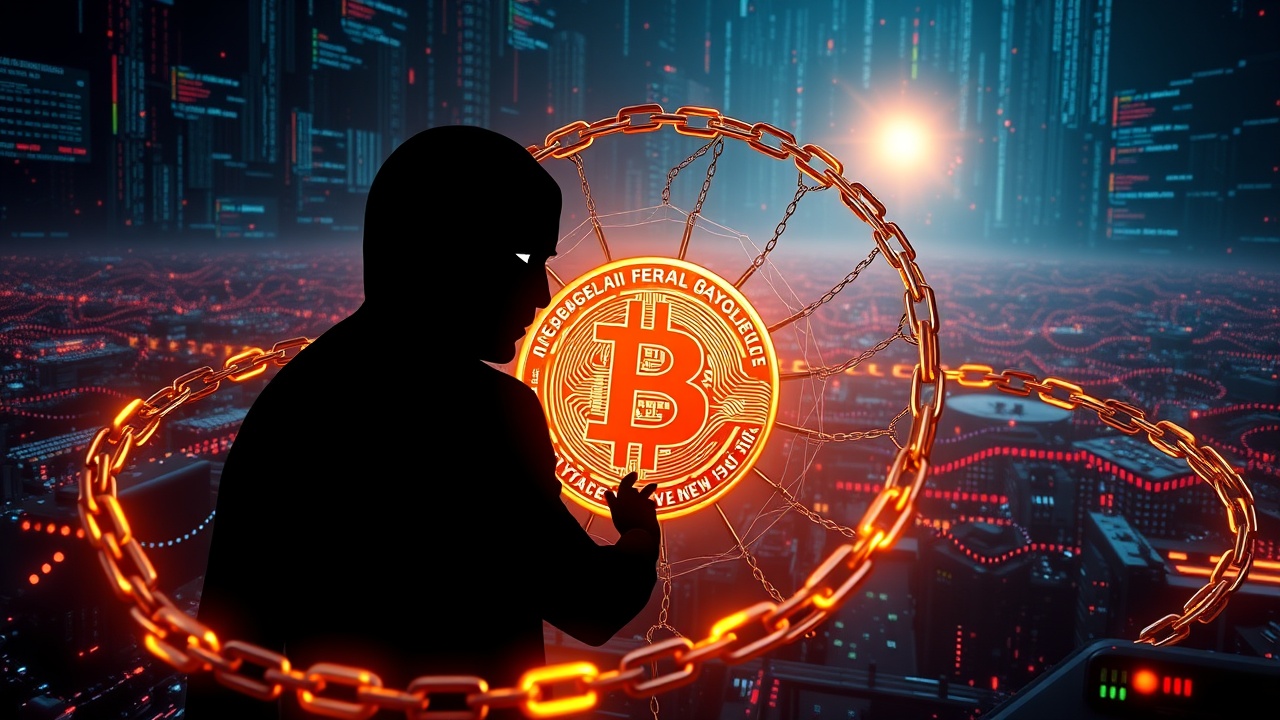Introduction
Recent developments shed light on the increasing threat posed by deepfake scams in the cryptocurrency sector, highlighting an urgent need for innovation in detection methods. A staggering $200 million was reported as lost in Q1 due to deepfake-related scams, with AI-generated impersonations now accounting for over 40% of high-stakes fraud in this space.
The Threat of Deepfake Technology
As fraudsters utilize advanced deepfake technology to circumvent Know Your Customer (KYC) regulations and impersonate key figures during illicit transactions, the cryptocurrency landscape is confronting a significant risk that centralized detection systems alone cannot address.
Limitations of Centralized Detection Systems
Current centralized systems for detecting deepfakes suffer from inherent architectural weaknesses, rendering them both inflexible and ineffective. These systems typically operate in silos, often showing a preference for their proprietary outputs while neglecting others. This lack of adaptability is further compounded by the fact that some corporations involved in creating these detection algorithms also develop deepfake technology, resulting in blurred incentives.
Consequently, centralized detection mechanisms become static, failing to respond swiftly to the rapidly evolving tactics of deepfake creators. With deepfake scams projected to potentially constitute 70% of all cryptocurrency crimes within the next few years, relying on these outdated frameworks is increasingly problematic.
Real-World Implications
A notable example of the threat has emerged globally, with law enforcement in Asia dismantling 87 scam rings relying on AI-generated manipulations to impersonate individuals like Elon Musk and other prominent figures. The strategies employed by these scammers have become increasingly sophisticated, including live video impersonations to authorize unauthorized transactions.
Michael Saylor, Strategy executive chairman, reported that his team regularly deals with around 80 fake videos each day, underscoring the persistence of these malicious campaigns.
The Crisis in Authentication
As traditional detection methods struggle with a mere 69% accuracy rate in real-world scenarios, experts like OpenAI CEO Sam Altman have sounded alarms about a crisis in authentication methods in light of advancements in AI. This gap allows criminals to exploit weaknesses and engage in emotional manipulation, such as in romance scams leveraging deepfake technologies.
A Shift Towards Decentralized Detection Networks
In light of these challenges, many experts advocate for a shift toward decentralized detection networks within the crypto industry. This approach embodies the principles of blockchain technology, where trust is distributed, enabling a more dynamic and responsive authentication system.
By incentivizing independent developers to create and refine detection models, the cryptocurrency sector can benefit from a competitive landscape that adapts to emerging threats. Utilizing a decentralized architecture would not only enhance the accuracy of detecting deepfakes but also provide a transparent framework for verification across various platforms, from exchanges to decentralized finance.
Conclusion
As the generative AI market is expected to surge to $1.3 trillion by 2032, effective and robust mechanisms for authentication that are as agile as the technology itself are essential. Decentralized networks present viable solutions that align with regulatory demands while allowing the industry to maintain its foundational ethos of transparency and user empowerment.
The cryptocurrency industry stands at a crossroads, where the choice between continuing with centralized systems or evolving into decentralized models could shape its future resilience against the rise of AI-generated fraud.




